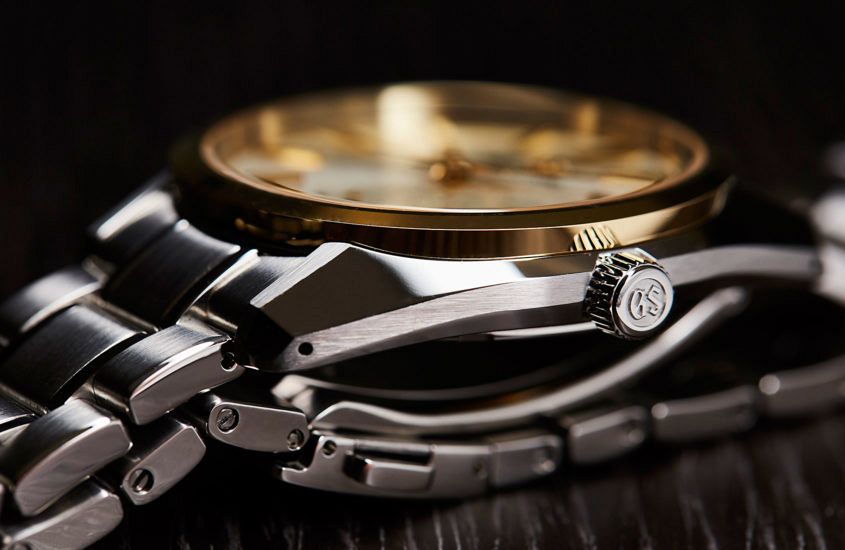 Seiko and its Grand sibling are well known for their technical skill in case finishing. This style of highly reflective polishing was first introduced into the Seiko family by watch designer Taro Tanaka, who came into the Japanese company to produce a holistic design language that was called “The Grammar of Design”. One of the main tenants of this design language was for all of the flat surfaces of the watch case and hands to be polished to a mirror finish using a method called Zaratsu polishing. By maximising the interaction of the light with the flat surfaces of the case, the case gave an impression of extreme precision, with super-crisp case lines, a reflection you could see yourself in. This same method of polishing has been used by Citizen in their higher-end watches, suggesting a fondness for this method of polishing in Japanese watch firms. In fact, watch companies around the world use broadly similar techniques to achieve this level of polish, with many Swiss watch manufacturers using the term black polishing for a technique they typically use to finish parts of their movements. While not an identical technique between black and zaratsu polishing — with black polishing typically done by…
Seiko and its Grand sibling are well known for their technical skill in case finishing. This style of highly reflective polishing was first introduced into the Seiko family by watch designer Taro Tanaka, who came into the Japanese company to produce a holistic design language that was called “The Grammar of Design”. One of the main tenants of this design language was for all of the flat surfaces of the watch case and hands to be polished to a mirror finish using a method called Zaratsu polishing. By maximising the interaction of the light with the flat surfaces of the case, the case gave an impression of extreme precision, with super-crisp case lines, a reflection you could see yourself in. This same method of polishing has been used by Citizen in their higher-end watches, suggesting a fondness for this method of polishing in Japanese watch firms. In fact, watch companies around the world use broadly similar techniques to achieve this level of polish, with many Swiss watch manufacturers using the term black polishing for a technique they typically use to finish parts of their movements. While not an identical technique between black and zaratsu polishing — with black polishing typically done by…
The post What is Zaratsu polishing? Its origins are less Japanese than you think appeared first on Time and Tide Watches.
Continue reading ‘What is Zaratsu polishing? Its origins are less Japanese than you think’